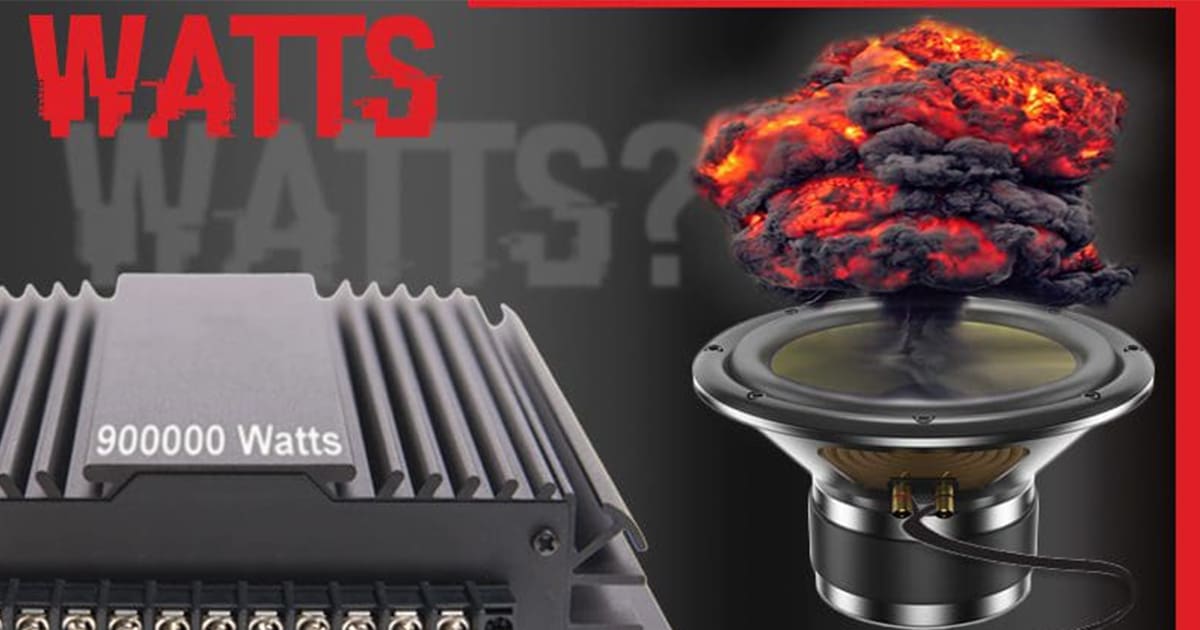Car audio amplifiers are one of the most misunderstood components of an upgraded sound system. Misconceptions about power ratings, gain settings, and efficiency can lead to poor system performance, unnecessary equipment damage, or wasted money. This article will clarify some of the most common myths surrounding car audio amplifiers so you can make informed decisions when upgrading your system.
Myth #1: More Watts Always Means a Louder and Better System
Many people assume that an amplifier with a higher wattage rating will automatically make their system louder and produce better sound. While amplifier power plays a role in system performance, it is not the only factor that determines volume and sound quality.
The efficiency of your speakers, the quality of your installation, and the way power is managed all impact the final output. Speakers have a sensitivity rating measured in decibels (dB) per watt. A high-sensitivity speaker can produce more volume with less power than a lower-sensitivity speaker, meaning that simply adding a high-wattage amplifier may not give you the results you expect.
Additionally, increasing power beyond what your speakers are designed to handle can lead to distortion and even permanent damage. Instead of focusing solely on wattage, consider factors such as speaker matching, sound tuning, and proper system setup for optimal performance.
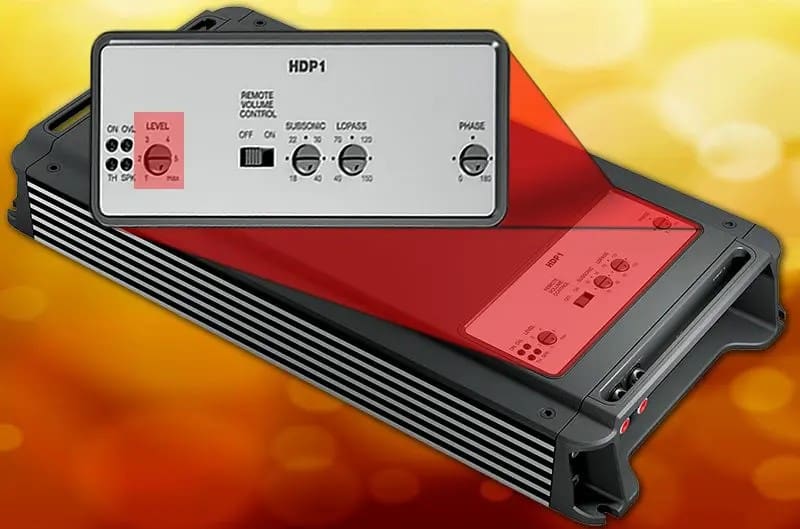
Myth #2: Turning Up the Gain Makes the System Louder
One of the most common mistakes people make when setting up a car audio system is misunderstanding the gain control. Many believe that turning up the gain increases volume, but that’s not its purpose.
The gain control on an amplifier is designed to match the output signal of the head unit to the input sensitivity of the amplifier. It ensures that the amplifier operates within its optimal range without introducing distortion. If the gain is set too high, the amplifier will amplify the input signal beyond its clean limit, causing clipping and distortion.
The correct way to set the gain is to start with it at the lowest setting, then gradually increase it while monitoring for distortion. A properly set gain will allow the amplifier to reach full power without introducing unwanted noise or damaging your speakers.
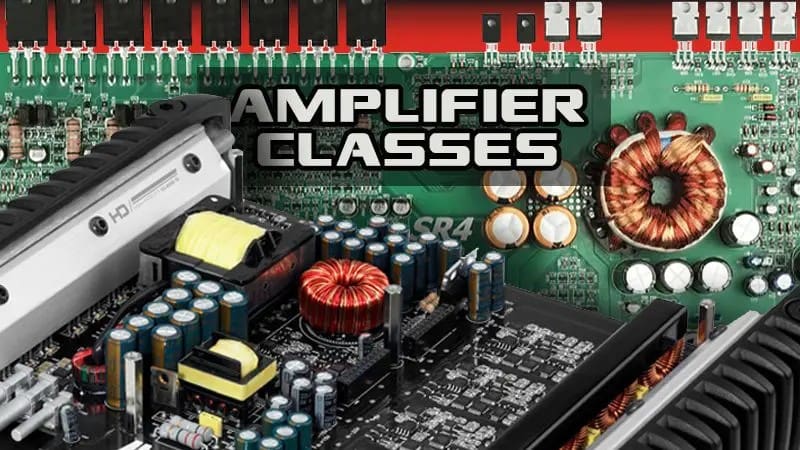
Myth #3: Class D Amplifiers Sound Worse Than Class AB Amplifiers
There is a long-standing belief that Class D amplifiers produce lower-quality sound compared to Class AB amplifiers. While early Class D designs had limitations, modern technology has significantly improved their performance.
Class D amplifiers are highly efficient, converting most of the electrical energy into audio output rather than heat. This makes them ideal for compact installations, subwoofer applications, and systems where power efficiency is a priority.
While some audiophiles still prefer Class AB for their smoother high-frequency response, the gap in sound quality has narrowed considerably. Many high-end Class D amplifiers now rival their AB counterparts in fidelity, making them a great option for full-range audio systems.
Myth #4: Amplifiers Are Only for Loud Systems
Some car owners assume that amplifiers are only necessary if they want a system that shakes the windows. In reality, an amplifier is essential for achieving clean and dynamic sound, even at moderate volume levels.
Factory-installed head units often include built-in amplifiers, but they are usually low-powered and prone to distortion when pushed to higher volumes. Adding a dedicated amplifier provides better control over the sound, ensuring that music remains clear, even at lower listening levels.
Amplifiers also enhance bass response, improve imaging, and allow for a more balanced overall sound. Whether you want an earth-shaking system or simply better clarity, an amplifier can help achieve your goals.
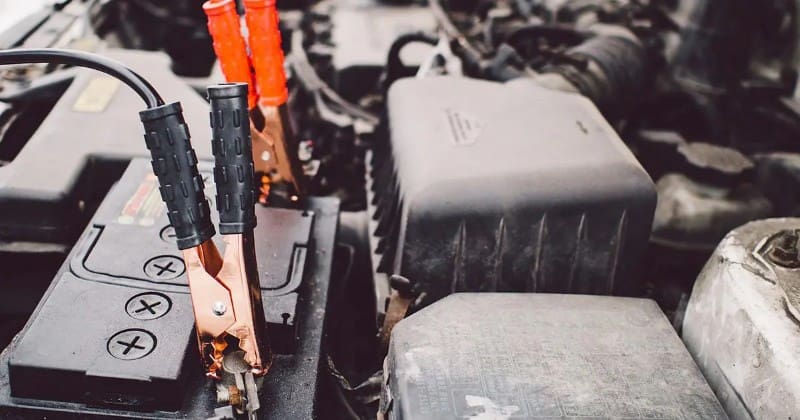
Myth #5: More Power Means More Battery Drain
Many people worry that upgrading to a more powerful amplifier will drain their car’s battery. While high-powered amplifiers do draw more current, they are designed to operate efficiently within a vehicle’s electrical system.
A properly installed amplifier should not cause battery issues under normal use. However, if your system demands excessive power, you may need to upgrade your vehicle’s electrical components, such as the alternator or battery, to support it.
Additionally, using a capacitor can help stabilize voltage fluctuations, preventing dimming lights and protecting your vehicle’s electrical system. A well-designed system will be power-efficient and reliable without negatively affecting your car’s battery life.
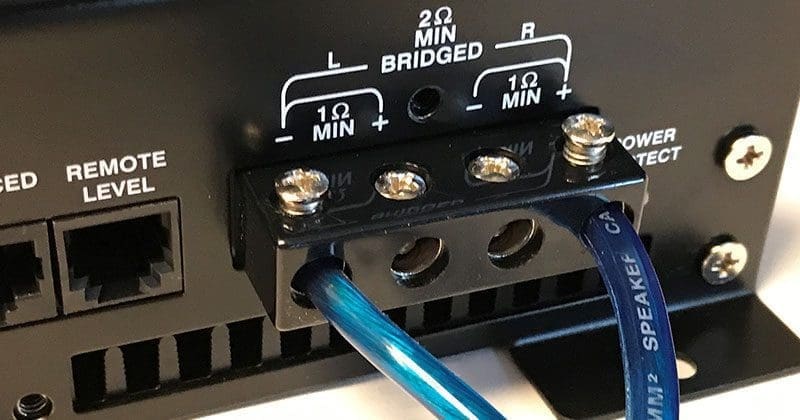
Myth #6: Bridgeable Amplifiers Provide Double the Power
Some people believe that bridging an amplifier automatically doubles its power output. While bridging does increase power, the actual gain depends on the amplifier’s design and impedance load.
When you bridge an amplifier, it combines two channels into a single, more powerful output. However, this often means the amplifier operates at a lower impedance, which can generate more heat and increase strain on the electrical system.
Before bridging an amplifier, it’s crucial to check the manufacturer’s specifications to ensure compatibility with your speakers and electrical system. Improper bridging can lead to overheating, distortion, or even amplifier failure.
Conclusion: Get the Facts Before Choosing an Amplifier
Understanding how car audio amplifiers work is essential for getting the best performance from your system. Don’t fall for common myths—focus on proper installation, gain setting, and speaker matching to achieve a balanced, high-quality sound.
For expert guidance and professional installation, visit a qualified retailer near you. They can help you choose the right amplifier for your needs and ensure it is installed correctly for the best possible performance.
This article is written and produced by the team at www.BestCarAudio.com. Reproduction or use of any kind is prohibited without the express written permission of 1sixty8 media.
